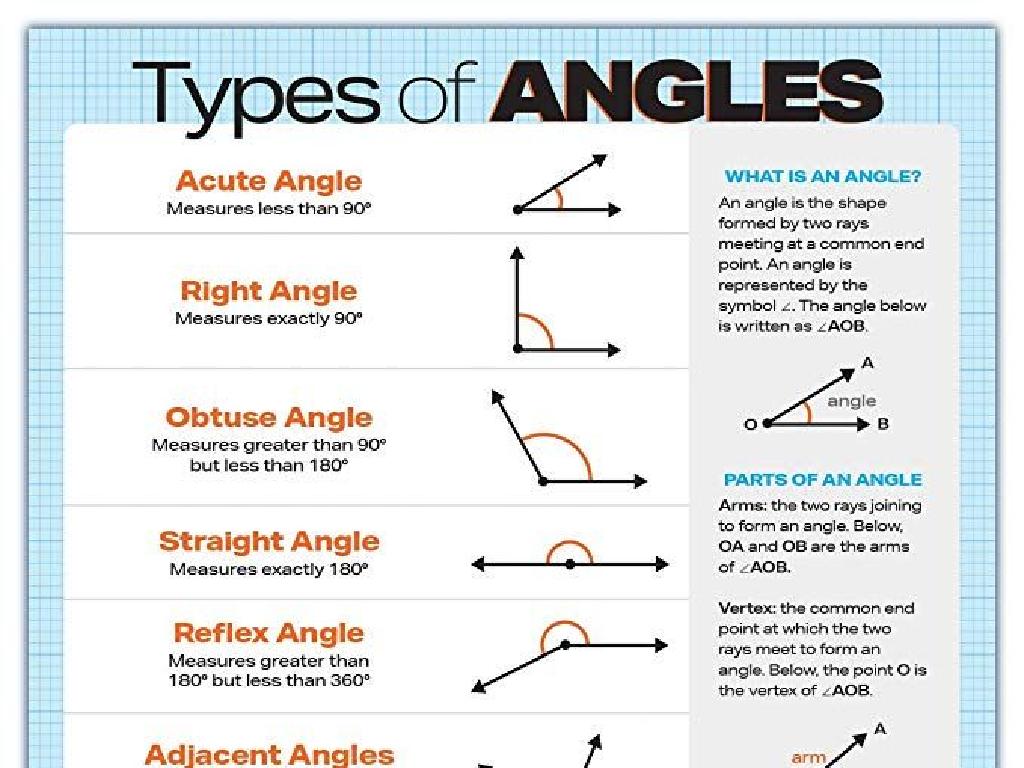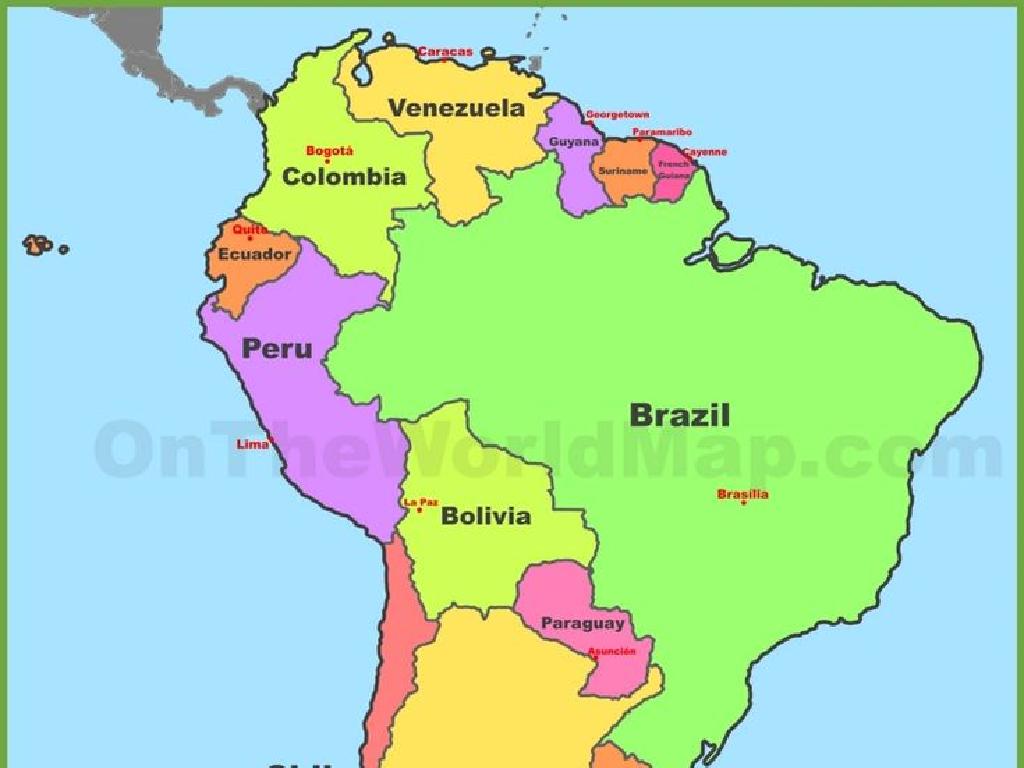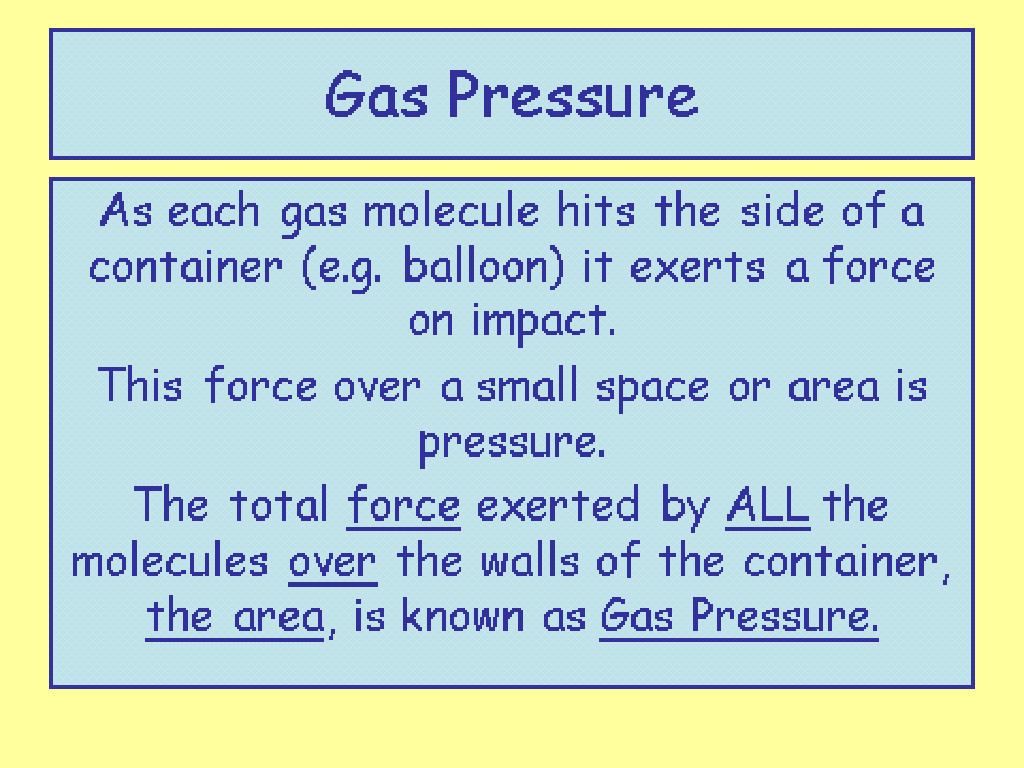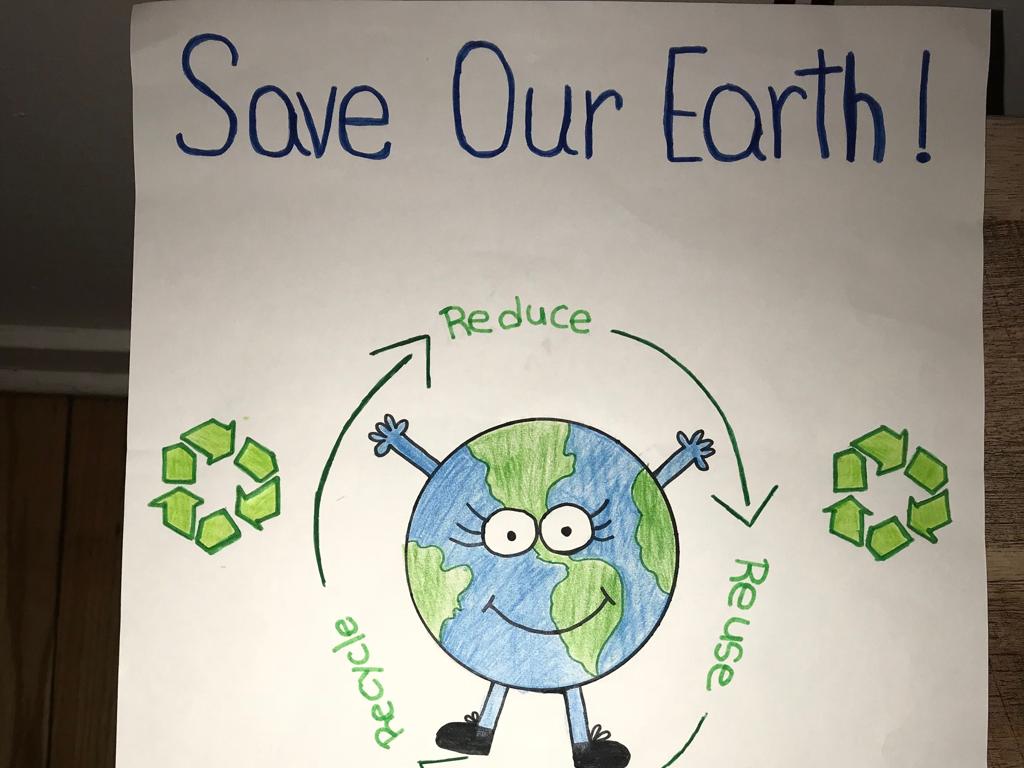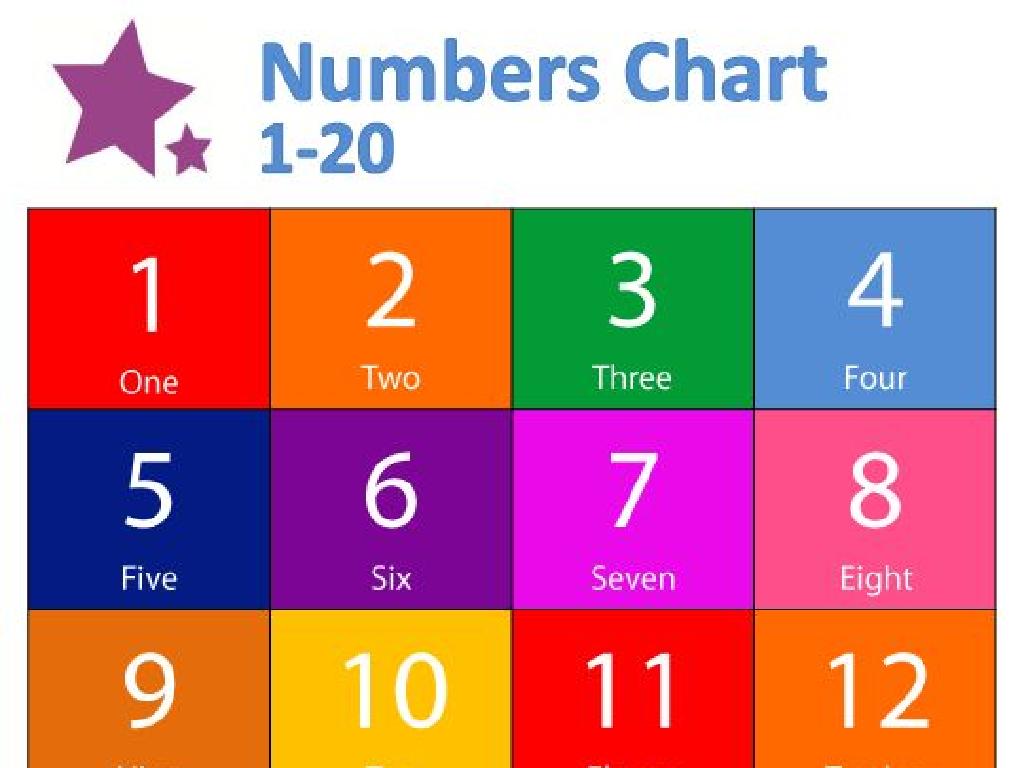Convert Between Place Values - Ones And Hundreds
Subject: Math
Grade: Second grade
Topic: Place Value
Please LOG IN to download the presentation. Access is available to registered users only.
View More Content
Welcome to Place Values!
– Understanding place value basics
– Ones, tens, and hundreds are building blocks of numbers.
– Place value in daily life
– Use place value when counting money like dollars and cents.
– Significance of each place
– Each place has a value 10 times the place to its right.
– Practice with ones and hundreds
|
This slide introduces the concept of place values, which is fundamental in understanding numbers and math operations. Start by explaining that numbers are made up of different places – ones, tens, and hundreds – and each place has a value. Relate this to everyday life by using examples like money, where dollars are like hundreds and cents are like ones. Emphasize the importance of each place in determining a number’s value, and how moving a digit from one place to another changes the number’s value. Include an activity where students convert numbers between ones and hundreds to reinforce the concept. For example, how many ones are there in 100? Or how many hundreds are there in 300?
Understanding Place Value: Ones and Hundreds
– What is place value?
– It’s the value of where a digit is in a number.
– Place value increases by 10x
– Each step to the left is 10 times bigger!
– Examples: single-digit numbers
– Like 2 in 20. What is 2 worth here?
– Practice with ones and hundreds
– Let’s convert 100 to ones and see!
|
This slide introduces the concept of place value, which is fundamental to understanding numbers in math. Start by explaining that the position of a digit in a number determines its value. Emphasize that as you move from right to left, each place is 10 times greater than the one before. Use simple single-digit numbers to show how a number like 2 can have different values based on its position (e.g., 2 vs. 20). Engage the students with hands-on practice by converting hundreds to ones and vice versa, reinforcing the concept that 100 ones equal 1 hundred, and 1 hundred equals 100 ones. This will help them grasp the relative size of numbers and the importance of place value in the base-10 system.
Exploring Ones in Place Value
– Ones are number building blocks
– Every digit in a number has a place value, ones are the first step.
– Count using items like pencils
– Practice by counting pencils or blocks to visualize ones.
– Writing numbers with ones
– Learn to recognize and write numbers focusing on the ones place.
|
This slide introduces the concept of ones as the fundamental building blocks of numbers in the place value system. Start by explaining that each digit in a number has a specific place and value, with the ‘ones’ being the rightmost digit and representing the base unit of counting. Use tangible items like pencils or blocks to help students count in ones, which can make the concept more concrete. Show them how to write numbers, emphasizing the ones place. This will prepare them for understanding larger place values like tens and hundreds. Encourage hands-on activities where students can practice grouping items in ones and writing the corresponding numbers.
Understanding Place Values: Hundreds
– Hundreds as large groups of ones
– 100 ones equal one hundred
– Use a 100-chart for counting
– A chart with 100 squares helps see the groups
– Bundle sticks to visualize hundreds
– Grouping 100 sticks together shows a hundred
|
This slide introduces the concept of hundreds in the context of place value. Emphasize that hundreds are just big groups of ones, and it takes 100 ones to make a hundred. Visual aids like a 100-chart can help students count to 100 by ones and see the accumulation of ones into a larger group. Bundles of sticks can also be a tangible way for students to understand grouping in hundreds. During the lesson, have students practice counting to 100 with these tools and start to recognize the pattern of hundreds as they relate to ones. This foundational understanding will be crucial as they learn to convert between place values.
Converting Ones to Hundreds
– Group ones to form hundreds
– Like stacking blocks to make a big tower
– Count by ones to reach 100
– Like counting steps to 100
– Examples: Ones in 100, 200, 300
– 100 has 100 ones, 200 has 200 ones, 300 has 300 ones
– Practice with real objects
– Use items like beads or coins to count
|
This slide introduces the concept of place value conversion from ones to hundreds, which is a fundamental skill in understanding the base-ten number system. Start by explaining how individual ones can be grouped together to form larger units, such as hundreds. Use tangible examples like blocks or beads to visually demonstrate the grouping process. Encourage students to count aloud by ones until they reach one hundred to solidify the concept. Provide clear examples showing that 100 is made up of 100 ones, 200 is made up of 200 ones, and so on. Incorporate hands-on activities where students can practice grouping items to form hundreds, reinforcing the lesson through active participation.
Converting Hundreds to Ones
– Break down hundreds into ones
– Each hundred equals 100 ones
– Example: 100 into ones
– 100 can be broken down into 100 ones
– Example: 200 and 300 into ones
– Similarly, 200 is 200 ones, and 300 is 300 ones
|
This slide is aimed at helping second-grade students understand the concept of place value, specifically converting hundreds to ones. Start by explaining that each ‘hundred’ is made up of 100 ‘ones’. Use visual aids like blocks or counters to show 100 individual units coming together to make one hundred. Then, demonstrate with examples: show that 100 is the same as 100 ones, 200 is the same as 200 ones, and so on. Encourage students to visualize the concept by drawing or using physical objects. This will help solidify their understanding of place value and the relationship between hundreds and ones.
Practice Time: Ones and Hundreds
– Convert ones to hundreds
– Convert hundreds to ones
– Use place value blocks
– Visual aids for understanding place values
– Group conversion activity
– Work together to practice conversions
|
This slide is designed for an interactive group activity to help students understand the concept of place values, specifically converting between ones and hundreds. Begin by demonstrating how to convert units using place value blocks, showing that 100 ones are equal to 1 hundred, and vice versa. Then, divide the class into small groups and provide them with a set of numbers to convert from ones to hundreds and hundreds to ones. Possible activities: 1) Using physical place value blocks to build and deconstruct numbers, 2) Drawing representations of hundreds and ones, 3) Matching games where students pair numbers with their equivalent in ones or hundreds, 4) Creating a ‘store’ where items ‘cost’ hundreds and students ‘pay’ with ones. This hands-on experience will solidify their understanding of place values.
Class Activity: Exploring Place Values
– Create a number with ones and hundreds
– Trade numbers with a friend
– Convert your friend’s number
How many ones are in your friend’s hundreds?
– Discuss what you learned
|
This activity is designed to help students understand the concept of place values, specifically focusing on ones and hundreds. Start by having each student create a number using ones and hundreds blocks or drawing them. Once they have their number, they will exchange it with a classmate. They should then work on converting their classmate’s number, determining how many ones are equivalent to the hundreds place and vice versa. After the activity, facilitate a discussion where students can share their findings and reflect on what they’ve learned about place values. Possible variations of the activity could include using different numbers, working in groups, or challenging students to find multiple ways to represent the same number.
Conclusion: Ones and Hundreds
– Recap: Ones to Hundreds
– Remember, 100 ones make a hundred!
– Place Value Importance
– Knowing place value helps in adding, subtracting, and more.
– Next: Introducing Tens!
– Get ready to learn about the tens place.
– Review with examples
– Let’s go over some examples together.
|
As we wrap up today’s lesson, it’s crucial to review the concept of converting ones into hundreds and vice versa. Understanding place value is fundamental in mathematics as it is the building block for all number operations, including addition and subtraction. It also aids in number sense, which is essential for higher-level math concepts. In the next lesson, we will introduce the tens place, which will further enhance the students’ understanding of place value. To ensure the students have grasped the concept, go through a few examples as a class. Encourage the students to ask questions if they’re unsure about any part of the lesson.

